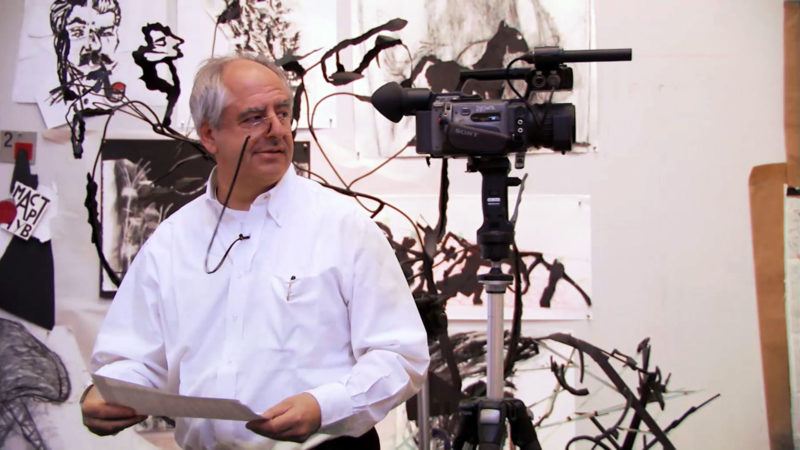William Kentridge: Anything Is Possible
William Kentridge: Anything Is Possible gives viewers an intimate look into the mind and creative process of William Kentridge, the South African artist whose acclaimed charcoal drawings, animations, video installations, shadow plays, mechanical puppets, tapestries, sculptures, live performance pieces, and operas have made him one of the most dynamic and exciting contemporary artists working today.
Major underwriting for William Kentridge: Anything Is Possible and its accompanying education programs provided by: The Anna-Maria and Stephen Kellen Foundation; Agnes Gund; The Brenda R. Potter and Michael C. Sandler Charitable Foundation; The Broad Art Foundation; The Horace W. Goldsmith Foundation; Toby Devan Lewis; The National Endowment for the Arts; Marian Goodman Gallery; Goodman Gallery, Johannesburg; Barbara and Andrew Gundlach; Lew and Susan Manilow; Thomas A. and Georgina T. Russo; Louise Eliasof and James Sollins; Nina and Michael Sundell; Nina and Michael Zilkha; & Individual contributions to Art21.
Read more
This documentary features exclusive interviews with Kentridge as he works in his studio and discusses his artistic philosophy and techniques. In the film, Kentridge talks about how his personal history as a white South African of Jewish heritage has informed recurring themes in his work—including violent oppression, class struggle, and social and political hierarchies.
Additionally, Kentridge discusses his experiments with “machines that tell you what it is to look” and how the very mechanism of vision is a metaphor for “the agency we have, whether we like it or not, to make sense of the world.” We see Kentridge in his studio as he creates animations, music, video, and projection pieces for his various projects, including Breathe (2008); I am not me, the horse is not mine (2008); and the opera The Nose (2010), which premiered earlier this year at New York’s Metropolitan Opera to rave reviews.
October 21, 2010
Educator Resources
Accompanies the 1-hour film and offers suggestions for facilitating discussions and activities, in addition to screening the film with classroom and community audiences.


